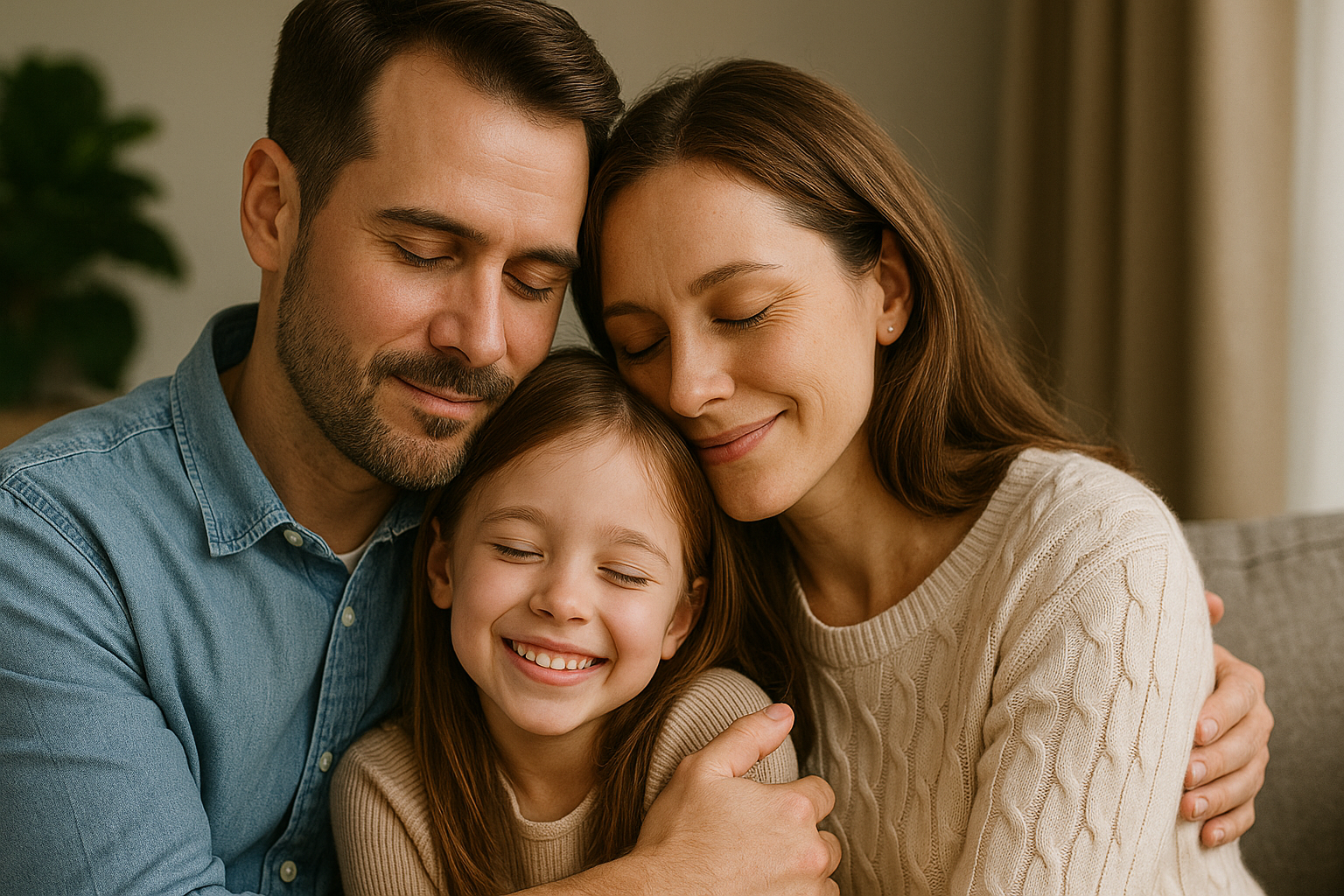In a world full of distractions and instant gratification, helping children develop a sense of gratitude is more important than ever. Gratitude helps kids appreciate what they have, strengthens relationships, and contributes to greater happiness and emotional resilience.
This article will guide you through simple, everyday practices that nurture gratitude in children — without lectures or unrealistic expectations.
Why Gratitude Matters for Kids
Gratitude isn’t just about saying “thank you.” It’s about recognizing the good in life and feeling appreciation for the people and moments that bring joy. Research shows that grateful children are:
- More optimistic
- More resilient during challenges
- Kinder and more empathetic
- Better at forming strong social connections
- Less materialistic
Teaching gratitude doesn’t require grand gestures. It’s about consistency, modeling, and reflection.
1. Model Gratitude in Your Own Life
Children learn what they live. When you show appreciation in your everyday interactions, your child sees gratitude as a natural way of being.
Ways to model gratitude:
- Say “thank you” often — to your child, your partner, or store clerks
- Express appreciation out loud: “I’m so thankful for this warm dinner”
- Acknowledge your child’s efforts, even small ones: “Thank you for putting your shoes away”
When gratitude is part of your everyday language, it becomes part of theirs, too.
2. Create a Daily Gratitude Ritual
Consistency builds habits. Set aside a small moment each day to focus on gratitude together.
Simple ideas:
- At dinner, each family member shares one thing they’re grateful for
- Before bedtime, ask your child to name a “happy moment” from their day
- Start a “gratitude jar” — write little notes of thankfulness and read them together weekly
These short practices help kids reflect and find joy in the little things.
3. Encourage Thank-You Notes and Messages
Writing thank-you notes (or even drawing a picture for someone) helps children connect words to emotions and see how appreciation strengthens relationships.
Ideas:
- After receiving gifts or kindness, have your child create a simple thank-you note
- Let them write or draw something nice for a teacher, friend, or neighbor
- Use holidays or milestones as opportunities to express thanks
This simple habit can teach lasting social and emotional skills.
4. Focus on Effort and Experiences, Not Just Stuff
Gratitude grows when kids learn to value people, moments, and effort — not just material things.
Practice this by:
- Celebrating effort more than outcomes (“I’m proud of how hard you worked on that puzzle”)
- Enjoying simple family moments like walks or game nights
- Talking about the meaning behind gifts or experiences
This helps shift the focus from “what I got” to “what this meant.”
5. Teach Children to See Others’ Perspectives
Gratitude often comes from understanding that others made a choice to help or be kind. Help your child reflect on what others do for them.
Questions to ask:
- “Why do you think Grandma made that gift for you?”
- “How do you think your friend felt when you shared your snack?”
- “What would have happened if your teacher didn’t help with that problem?”
These small conversations build empathy and awareness.
6. Turn Complaints Into Opportunities for Gratitude
It’s natural for kids to complain — but you can gently reframe those moments.
Instead of dismissing a complaint, try:
- “It’s true we don’t have that toy, but what are some things you do love playing with?”
- “You didn’t get your favorite snack today — but let’s think of something you’re grateful we had.”
- “Rain spoiled our plans, but wasn’t it fun to play indoors together?”
Reframing helps children build emotional flexibility and appreciation.
7. Involve Children in Acts of Giving
Giving to others boosts gratitude. When children participate in helping others, they often feel more appreciative of what they have.
Ideas:
- Donate clothes or toys together — let your child choose what to give
- Make a simple treat or card for a neighbor or relative
- Volunteer as a family in age-appropriate ways
These experiences help children understand that giving and gratitude go hand in hand.
8. Celebrate Progress, Not Perfection
Gratitude isn’t something that appears overnight. It develops slowly, through practice and positive reinforcement.
When your child shows appreciation, even in small ways, praise the moment.
Say things like:
- “I love how you thanked your brother for helping — that was thoughtful”
- “You noticed something good today — that’s practicing gratitude!”
- “It made me feel great when you appreciated our time together”
Celebrating progress reinforces the behavior and motivates your child to keep practicing it.
Raising Thankful Hearts
In a fast-paced world, helping your child slow down and appreciate the good things around them is one of the most powerful gifts you can offer. Gratitude strengthens emotional health, builds deeper relationships, and brings more joy to everyday life.
You don’t need perfection — just patience and consistency. When you model gratitude, reflect together, and celebrate kind moments, your child will learn to see the world through a lens of appreciation. And that perspective will serve them for life.
